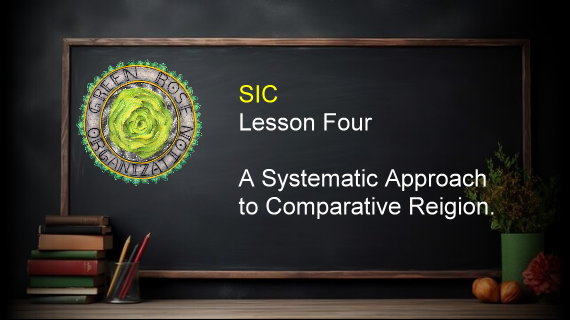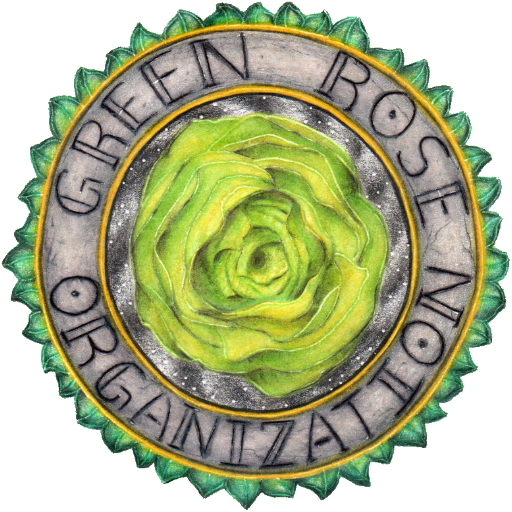
To systematically approach comparative religion and uncover the mystical thread that unifies them, you can follow a structured methodology that combines philosophical inquiry, historical analysis, and experiential exploration. Here’s a step-by-step framework: 1. Define the Scope and Objectives—Begin by clarifying your goals: Are you seeking common mystical experiences, practices, or philosophies across religions? Do you aim to understand how mysticism bridges cultural and doctrinal divides? Are you exploring the transformative impact of mysticism on personal and collective spirituality? 2. Study Foundational Texts and Teachings—Examine the sacred texts and teachings of major world religions, focusing on mystical traditions. For example: Christianity: Explore the writings of mystics like Meister Eckhart, St. John of the Cross, and Julian of Norwich. Islam: Study Sufi poetry and teachings, such as those of Rumi and Ibn Arabi. Hinduism: Investigate the Upanishads and the Bhagavad Gita, which delve into transcendental experiences. Buddhism: Analyze Zen koans and the teachings on enlightenment and Nirvana. Judaism: Examine Kabbalistic texts like the Zohar. Taoism: Reflect on the Tao Te Ching and its emphasis on unity with the Tao. 3. Identify Core Mystical Themes—Look for recurring themes that transcend doctrinal differences, such as: Unity with the Divine: The experience of merging with a higher reality or universal consciousness. Transcendence: Rising above the material world to access spiritual truths. Inner Transformation: The journey of self-purification and enlightenment. Symbolism: The use of metaphors and allegories to convey mystical insights. 4. Compare Mystical Practices—Analyze practices that facilitate mystical experiences across traditions: Meditation: Common in Buddhism, Hinduism, and Taoism. Prayer and Chanting: Integral to Christianity, Islam, and Judaism. Rituals and Sacraments: Found in various forms across religions. Asceticism: Practiced by mystics seeking detachment from worldly distractions. 5. Explore Historical Interconnections—Investigate how mystical traditions have influenced one another: The interaction between Sufism and Christian mysticism during the medieval period. The influence of Hindu and Buddhist philosophies on Western esotericism. The shared symbolism in Kabbalah and Islamic mysticism. 6. Engage with Comparative Philosophy—Use philosophical frameworks to analyze mystical concepts: Phenomenology: Study the subjective experiences of mystics. Metaphysics: Explore the nature of reality and the divine as described in mystical traditions. Ethics: Reflect on how mysticism shapes moral and spiritual values. 7. Incorporate Experiential Learning—Engage with mystical practices to deepen your understanding: Participate in meditation retreats, interfaith dialogues, or spiritual workshops. Reflect on your own experiences and insights. 8. Synthesize Insights—Bring together your findings to identify the mystical thread that unifies religions. This thread often revolves around the universal quest for transcendence, unity, and inner transformation. 9. Apply the Knowledge—Use your understanding to foster interfaith harmony, personal growth, and a deeper appreciation of the shared spiritual heritage of humanity.

